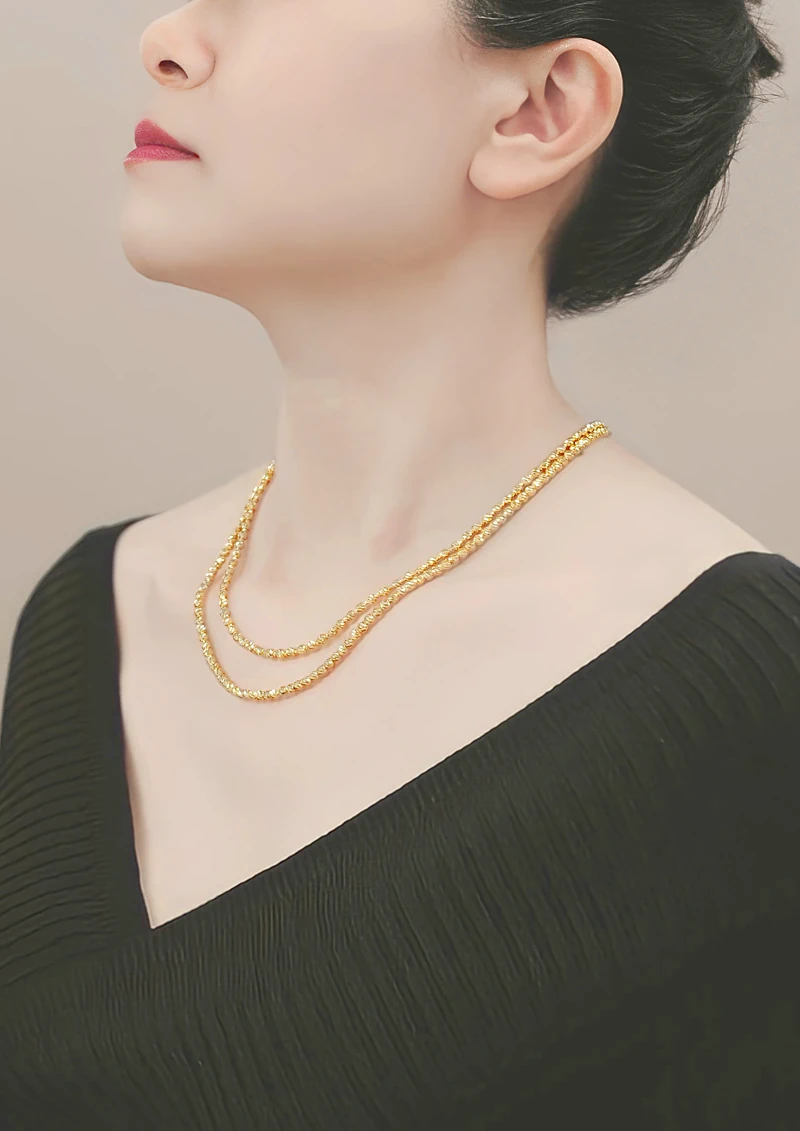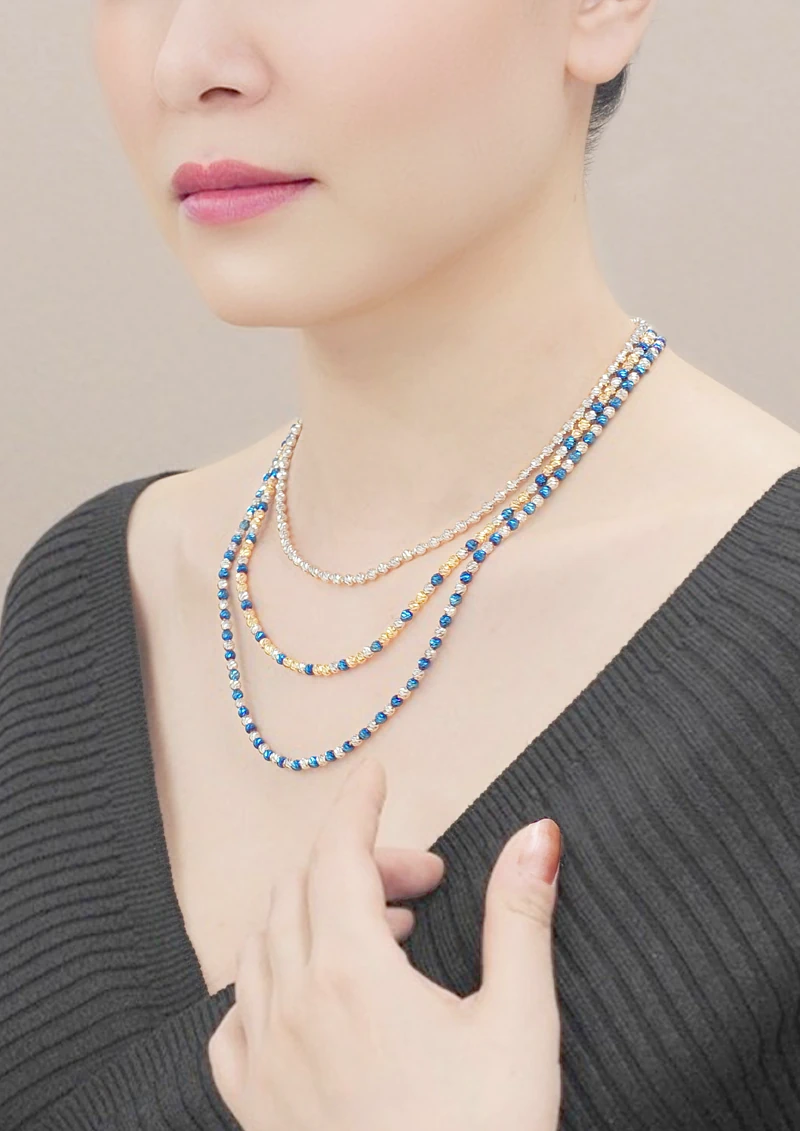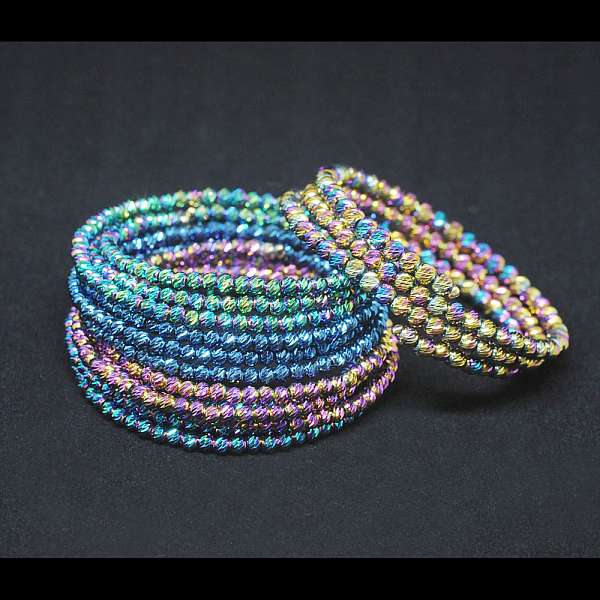What is Ion Plating?
Ion plating is a coating technology that uses heat and plasma energy to vaporize metal in a vacuum.
The vaporized metal reacts with a gas to form a ceramic coating, which is then deposited onto the surface of the workpiece.
Compared to conventional wet plating methods such as gold or rhodium plating, ion plating offers superior wear resistance and adhesion.
About the surface color of ion plating
Ion plating is also a technology that can produce coatings in a variety of colors.
This is because the materials used in the coating and the adjustment of the process (layer thickness) allow for surface finishes in a variety of colors.
For example, ion plating produced using titanium nitride (TiN) or titanium oxide (TiO2) can produce conditions that produce vibrant colors.
When the thickness of the thin film is comparable to the wavelength of visible light,
the light passing through the thin film is reflected on both the front and back sides.
At this time, the reflected light interferes with each other.
By designing the blue wavelengths (approximately 450-495 nm) to be constructive, the coating appears blue.
Features of ion plating
Extremely durable:
Ion plating produces a very hard coating, which makes it highly resistant to abrasion and scratches. This is stronger than conventional wet plating (such as gold or rhodium plating).
In addition, the coating is very strongly bonded to the substrate,
meaning that it is unlikely to peel off even under daily use or in harsh environments.
In addition, the coating is uniform and dense,
making it difficult for corrosive factors such as oxygen and moisture to reach the substrate,
making it extremely resistant to oxidation and rust.
Hypoallergenic:
Ion plating generally poses a lower risk of allergic reactions than conventional plating methods.
The process produces a dense, uniform coating, which helps minimize exposure to metals that may cause allergies.







